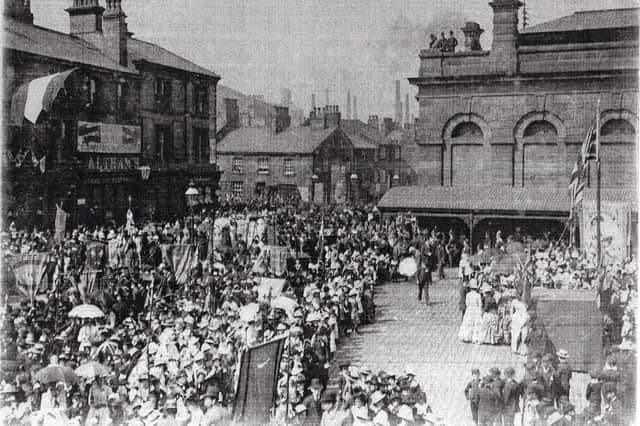Burnley obtained its first Market Charter, from Edward I, in 1294. The lord of the Manor, Henry de Lacy, earl of Lincoln, a person friend of the king, wanted to increase his income from the manor. A means of doing this was to charge stallage from the traders who attended the market.
The Charter gave Burnley exclusive rights for a twice weekly general market, an annual Fair and the right to have cattle, sheep and horse markets. These attracted business to the town and inns, brewing their own beer, were established. Other businesses were also stimulated like blacksmithing, wheel-making and lock-making.
The first general markets were held, near St Peter’s, but, by the eighteenth century, that site was no longer big enough for the number of traders who wanted to use it, so, in the latter part of the century, a gradual move was made to St James Street, and, after that, to the site shown in today’s photographs.
These days, the vibrant shopping centre is known as Charter Walk after the original Charter of 1294.
The first general markets were held, near St Peter’s, but, by the eighteenth century, that site was no longer big enough for the number of traders who wanted to use it, so, in the latter part of the century, a gradual move was made to St James Street, and, after that, to the site shown in today’s photographs.
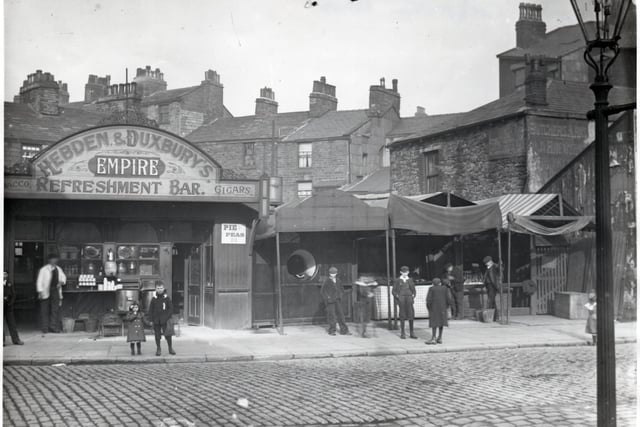
5. Refreshments
Around the Market there were numerous businesses that depended on it. One was Hebden and Duxbury’s Empire Refreshment Bar, noted for its pie and peas. The premises were on Market Street opposite the Corporation Arms. The street behind is Standish Street which, at one time, was home to the Butcher’s Arms, an Old Brewery pub, which can be seen to the right. Photo: S
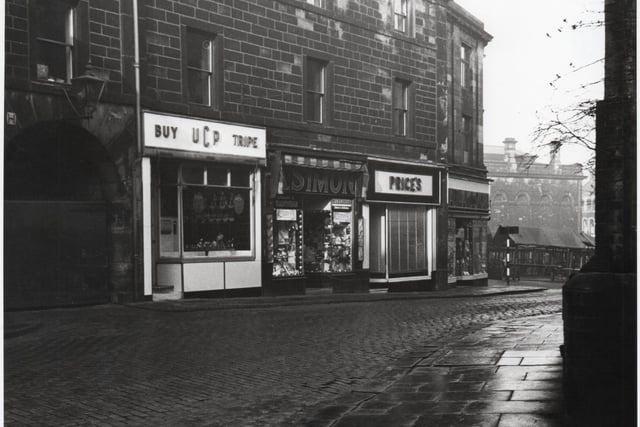
6. Market Street
Market Street with the Market Hall and Market Square in the background. Notice the UCP (United Cattle Products) tripe shop and Simon’s, the men’s outfitters, who supplied clothing to the younger generation. This photo was taken in 1958. Photo: S
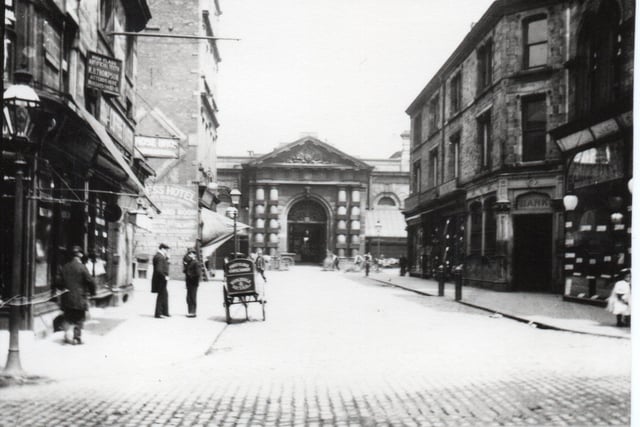
7. Chancery Street
This is Chancery Street opposite which was the main entrance into the Market Hall. On the left is the Empress, one the town’s leading commercial hotels. On the right is a branch of the London City & Midland Bank, one of the largest banks in the world before the First World War. Photo: S
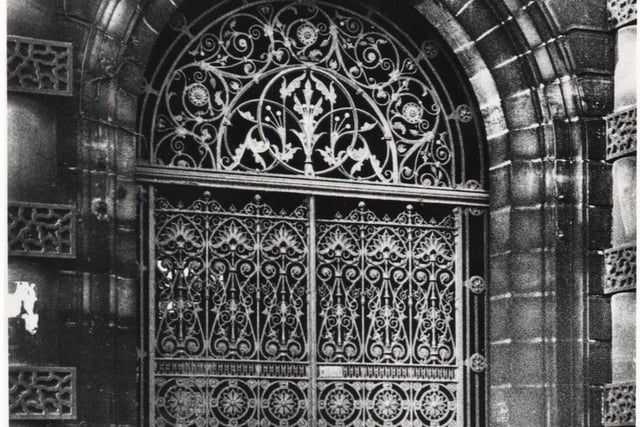
8. Gates
The magnificent gates to Burnley Market Hall. They were on Howe Street, opposite the Empress Hotel. Notice the bull’s head above the arch and the decorative stone-work around the gates. Some years after the Market Hall was demolished, in 1968, the gates were re-erected in Stanley Park, in Blackpool. Photo: S
